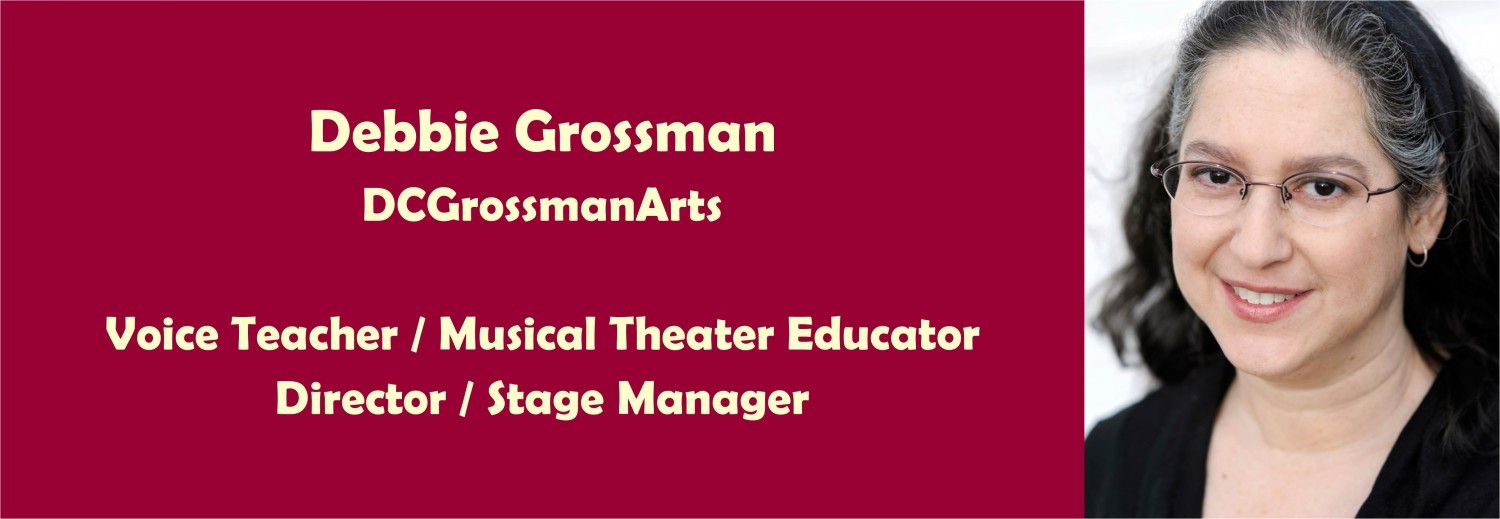….Belting at baseball games is an example of something essential, Schmid said. “No one there is worried about whether they’re good enough. That’s a wonderful feeling—that’s what I think we need to restore. That sense that: I’m good enough. I’m a happy amateur singer. I’m just going to let it out.”
How Communal Singing Disappeared From American Life — And why we should bring it back
by KAREN LOEW, MAR 28, 2012, The Atlantic, CULTURE
And when the season’s over, that’ll be it until next spring.
Adults in America don’t sing communally. Children routinely sing together in their schools and activities, and even infants have sing-alongs galore to attend. But past the age of majority, at grown-up commemorations, celebrations, and gatherings, this most essential human yawp of feeling—of marking, with a grace note, that we are together in this place at this time—usually goes missing.
This is a loss. It’s as if we’ve willingly cut off one of our senses: the pleasure center for full lungs and body resonance and shared emotion and connection to our fellow man. When the crowd at Fenway Park sings Neil Diamond’s “Sweet Caroline” (in an inexplicable Red Sox tradition), there’s really nothing comparable to that feeling of 30,000 people stepping down three notes in giddy unison, “Oh–Ohh–Ohhhh.”
Clearly we need the outlet of singing—witness the karaoke-bar boom—but as civic engagement declined, our store of true folk songs evaporated. You can blame all the usual causes for withering “social capital,” from dependence on electronic entertainment, to lengthening work days that reduce free time, to an ever more diverse society, in which your songs are not mine. The elevation of the American Idol model and the demotion of the casual crooner is a real discouragement to amateurs as well. Because we’re out of the habit, even the Giants fans that hooted and hollered around Manhattan on Super Bowl night didn’t muster any team songs. The fact that Americans sometimes devolve into the simple chant, “U.S.A.! U.S.A.!” also seems like a sign of extreme melody atrophy.
Today, the problem is not just that we don’t know the songs—we don’t know which ones we want to know. The National Association for Music Education addressed this reality with its Get America Singing…Again! campaign in the 1990s, which put forward 88 songs as a shared repertoire for Americans. Although the formal campaign has ended—followed not long after by another project urging people to learn the Star Spangled Banner and realize they actually can sing the national anthem—the songbooks are still for sale, and the list is still good.
In these divided times as much as ever, we need to do some singing and feeling together, united as both citizens and amateurs.
When, if not here, are blues and spirituals called for? Where, if not here, would they provide a measure of healing? Healing for all, not just the performer with a guitar at the front of the crowd. Perhaps the vigils will inspire a powerful new folk song—one that’s easy to sing, memorable, “viral”—to be written.
Colin Goddard, a survivor of the Virginia Tech shooting who went on to become an activist against gun violence, said he couldn’t remember communal singing at any of the commemorative events he’s attended. At the yearly anniversary of the Virginia Tech shooting, though, several trumpeters stationed around the campus play Taps in a round, each starting a few moments after the other. It made him emotional just recalling it. In terms of songs, though, “I’ve probably received five or six songs that people wrote about Virginia Tech,” Goddard said. “People have sent them to me.” And they are posted on YouTube—but they remain more like individual artistic responses than folk songs.
“I don’t know if they’re the new folk music, but they’re the new collective repertoire,” says Dr. Will Schmid, the former leader of the music educators’ association, who created the folk song list along with Pete Seeger. There is a difference in public-spiritedness between singing Billy Joel in a lounge versus Stephen Foster at a picnic, he said, but “I’m not too worried about that.”
“Any singing is good singing. Anywhere we can find it. Those places become the new community centers.”
Belting at baseball games is an example of something essential, Schmid said. “No one there is worried about whether they’re good enough. That’s a wonderful feeling—that’s what I think we need to restore. That sense that: I’m good enough. I’m a happy amateur singer. I’m just going to let it out.”
https://www.theatlantic.com/entertainment/archive/2012/03/how-communal-singing-disappeared-from-american-life/255094/?utm_source=fbb
